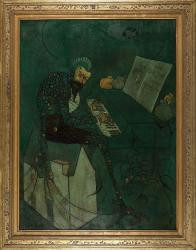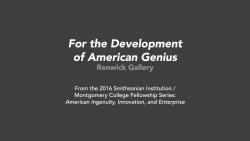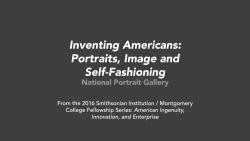Tess Porter
I'm the former User Experience Strategist at the Smithsonian Office of Educational Technology. Here, I focused on the use of digital museum resources to support teaching and learning. My work draws on my experience as a museum educator, digital analyst, usability researcher, and content designer. I hold a B.A. in Anthropology and a B.A. in Art History from University Colorado Boulder, and an M.S. in Museums and Digital Culture with an Advanced Certificate in User Experience from Pratt Institute.
Tess Porter's collections
Mummification in Egypt: Ritual and the Afterlife
 Tess Porter
Tess Porter
Lalibela, Ethiopia: Teaching Resources
 Tess Porter
Tess Porter
Pittsburgh & Place
 Tess Porter
Tess Porter
Ancient Egyptian Religion & Social Hierarchy: Pyramids
 Tess Porter
Tess Porter
New Orleans & Place
 Tess Porter
Tess Porter
Looking at Ancient Civilization through Objects
 Tess Porter
Tess Porter
African American Artists and Ancient Greek Myth: Teacher's Guide
 Tess Porter
Tess Porter
Shoes: Exploring Culture, History, Place, and Innovation
 Tess Porter
Tess Porter
The Classical Origin of Iconic American Symbols
 Tess Porter
Tess Porter
Multiple Perspectives: Artwork of the Great Depression
 Tess Porter
Tess Porter
Compare and Contrast: Personal Perspectives in Portraiture
 Tess Porter
Tess Porter
American Ingenuity, Innovation, and Enterprise: Opening Seminar Resources
 Tess Porter
Tess Porter










